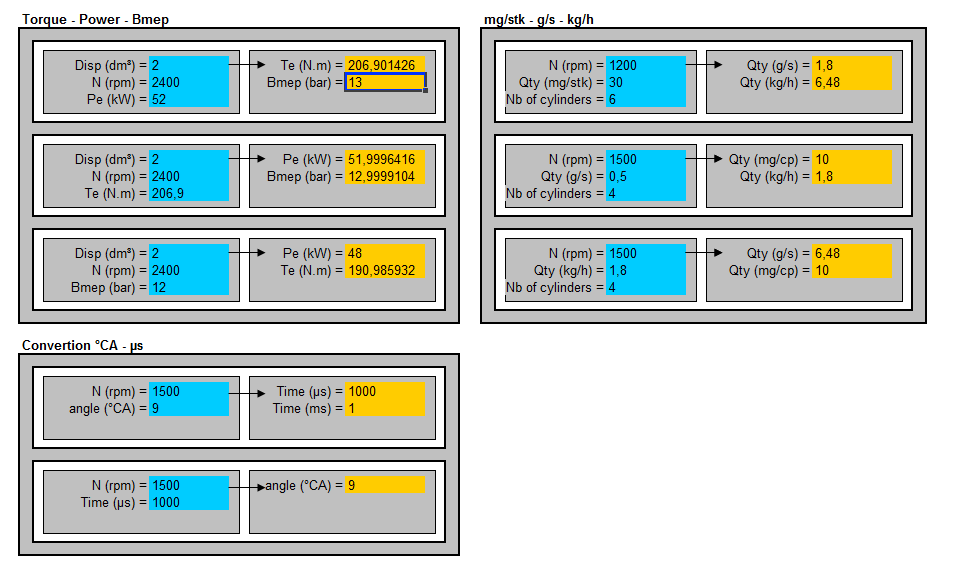Volvo’s all-new XC90 – which will be launched in two weeks’ time in Stockholm – will be the first car in its range to be built on the Scalable Product Architecture (SPA) modular chassis technology developed in-house.
SPA has been under in-house development at Volvo for the past four years and is the cornerstone of the company’s on-going USD 11bn transformation plan. It will be introduced with the all-new XC90 and then rolled out across the product range in future.
The benefits of SPA are twofold. First, the flexibility of SPA liberates Volvo’s engineers and designers, allowing them to devise and introduce new design features at the same time as improving driveability, introducing new safety features, offering connected car technologies and creating more interior space.[image_frame style=”framed_shadow” align=”center” alt=”The all-new Volvo XC90 – Front view” title=”Front view of the all-new XC90, including the distinctive new T-shaped running lights.” height=”451″ width=”600″]https://www.car-engineer.com/wp-content/uploads/2014/08/The-all-new-Volvo-XC90-Front-view.jpg[/image_frame]
“SPA and the XC90 are firm evidence of our Volvo-by-Volvo strategy. The XC90’s outstanding combination of luxury, space, versatility, efficiency and safety will bring the SUV segment into a new dimension, just as the original XC90 did in 2002,” says Dr Peter Mertens, Senior Vice President, Research and Development of Volvo Car Group.
Secondly, SPA will change the way Volvo builds cars in future by allowing a wide range of cars, powertrains, electrical systems and technologies – all of differing complexity – to be fitted on the same architecture, generating significant economies of scale.
SPA allows more freedom for designers
With SPA, previous design limitations in areas such as wheelbase, overhang, vehicle height and the height of the front are removed.
“This has created greater freedom for us to design cars with a confident stance, dynamic proportions and a number of distinctive design signatures. Our three recent concept cars have demonstrated this capability. Even though the all-new XC90 is an entirely different type of car, you will recognize the connection instantly when it is revealed in two weeks,” says Thomas Ingenlath, Senior Vice President Design of Volvo Car Group.[image_frame style=”framed_shadow” align=”center” alt=”The all-new Volvo XC90 – Scalable Product Architecture” title=”The all-new XC90 is the first car in its range to be built on Volvo Cars’ in-house developed Scalable Product Architecture (SPA). SPA allows a wide range of cars, powertrains, electrical systems and technologies – all of differing complexity – to be fitted on the same architecture.” height=”451″ width=”600″]https://www.car-engineer.com/wp-content/uploads/2014/08/The-all-new-Volvo-XC90-Scalable-Product-Architecture-.jpg[/image_frame]
Reduced weight and improved weight distribution
The new SPA chassis technology reduces weight and improves weight distribution. SPA also allows for more flexibility inside the car. The new XC90 features innovatively designed seats that free up interior space for passengers in the second and third rows, helping make the new XC90 a seven-seater.
The sliding function on all seats in the second row can be used to create more legroom for passengers in the third row – or to increase loading capacity. The seats in the third row offer comfort for passengers up to 170 cm tall.
“SPA has enabled us to create the world’s first no-compromise SUV,” says Dr Mertens. “You get the agility of a much smaller and lower car, an in-command feel and generous interior space, plus an adrenaline rush delivered by powertrains that offer an unrivalled combination of power and low emissions. Of course, it carries the Volvo badge, meaning world-class safety is standard.”
New XC90 with Drive-E engines
The new XC90 offers a range of Drive-E engine options. This modular family of two-liter, four-cylinder diesel and petrol engines has several levels of turbocharging to cover the whole range from high power and torque variants to fuel-efficient versions.
The top-of-the-range XC90 ‘Twin Engine’ combines a two-liter, four-cylinder supercharged and turbocharged petrol engine with an electric motor and offers around 400 horsepower with carbon dioxide (CO2) emissions of around 60 g/km (NEDC driving cycle).[image_frame style=”framed_shadow” align=”center” alt=”The all-new Volvo XC90 – All-Wheel Drive” title=”The diesel or petrol powered versions of the all-new Volvo XC90 feature an All-Wheel Drive system using the latest generation mechanical power distribution.” height=”451″ width=”600″]https://www.car-engineer.com/wp-content/uploads/2014/08/The-all-new-Volvo-XC90-All-Wheel-Drive.jpg[/image_frame]
SPA is also able to integrate electrification at all levels without intruding on interior space or load space. Other carmakers have struggled to combine the bulk of a battery pack with a luxurious and spacious interior, something that Volvo has managed to overcome with SPA.
Industrial benefits of the SPA
In addition to the product-related advantages of the scalable architecture there are also industrial benefits. SPA allows Volvo to develop a model range consisting of cars based on the same joint modules and interfaces, scalable systems and components and built in a flexible production system. This means all Volvo models from the 60-cluster upwards can be built on the same production line irrespective of complexity.




















